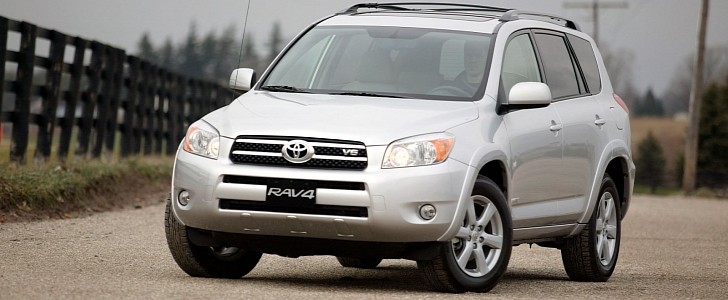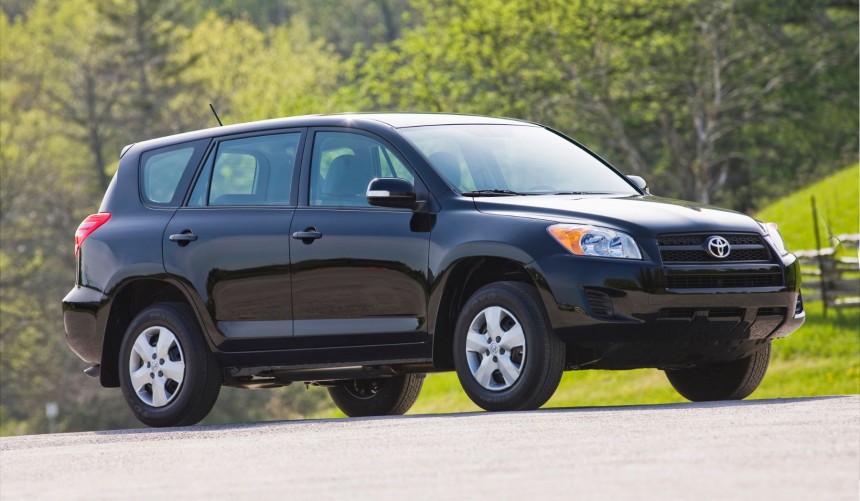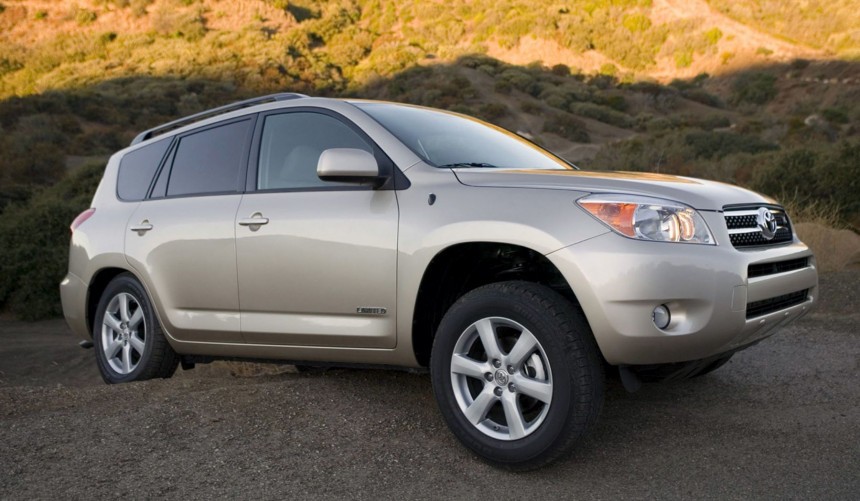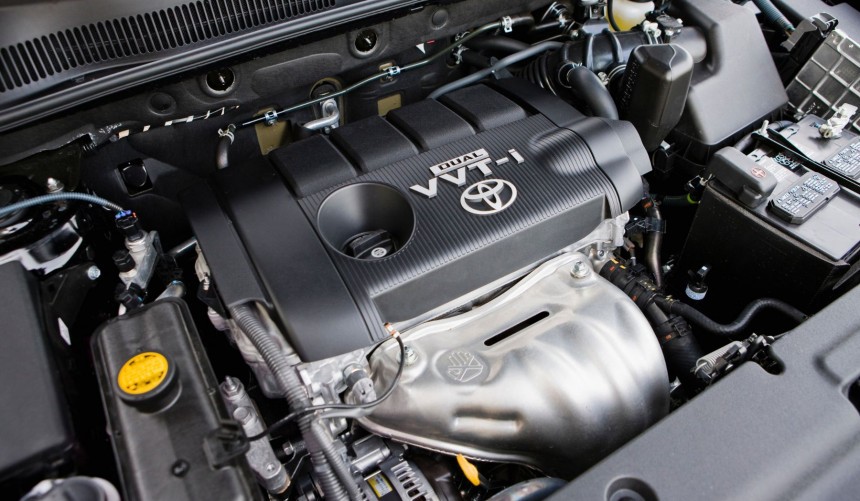The Toyota RAV4 is one of the most popular crossover SUVs, and if you’re looking to buy a used third-generation model, these are the most common mechanical problems you should pay close attention to before sealing the deal.
This model debuted in Japan in November 2005 and was manufactured there until May 2016. For North American markets, production was halted four years earlier, as the Canadian-assembled fourth generation replaced it.
In the U.S., it was sold with two engine options: a 3.5-liter V6 and a 2.4-liter inline-four; the latter was replaced by a 2.5-liter 2AR-FE in 2009, when the model received a facelift.
Nowadays, used third-generation RAV4s are an excellent choice for those looking for a very well-built and reliable crossover SUV they can buy for less than $10,000.
Although reliability is a specific characteristic of any Toyota, we’re talking about a vehicle that’s between 7 and 15 years old, so mechanical issues can occur.
They shouldn’t move, and if you notice any amount of play, it means they need replacing. Even if just one of the sway bar links shows signs of wear, make sure to replace both.
Make sure that the vehicle you’re viewing runs smoothly, and if its coils do need attention, you should also get new spark plugs. Since these are important components that you won’t have to change very often, get OEM or quality aftermarket parts.
Regardless of the engine it’s equipped with, each RAV4 has two of these. One is located upstream on the exhaust system, in front of the catalytic converter, while the other can be found downstream.
If one of the O2 sensors is not working properly, you might not encounter any noticeable symptoms, so the best way to check them is to look for related error codes using a diagnostic tool.
These components have a limited lifespan of anywhere between 60,000 and 90,000 miles (96,000 to 144,000 km), so they’re going to fail.
If the previous owner replaced them, it is a sign of good maintenance; if they didn’t, and the car is approaching the abovementioned mileage, it’s a good negotiation opportunity. As I mentioned earlier, make sure to replace these sensors with OEM or quality aftermarket parts; while you're at it, I would recommend changing both of them.
Toyota engines are usually bombproof, but some are known for excessive oil consumption or leaks. The units that power the RAV4 are no different, and for the inline-fours, one of the most common culprits is the timing cover seal. On the six cylinders, the VVTi hose is the one that leaks.
You will need to have the vehicle up on a lift to check for any leaks. If you notice them, avoid buying it or negotiate the final price because these issues usually lead to a hefty repair bill.
As always, before buying a used car, make sure that it has a solid maintenance history. Also, we recommend that you take it to a certified mechanic for a pre-purchase inspection and only seal the deal once you’ve been given the all-clear.
In the U.S., it was sold with two engine options: a 3.5-liter V6 and a 2.4-liter inline-four; the latter was replaced by a 2.5-liter 2AR-FE in 2009, when the model received a facelift.
Nowadays, used third-generation RAV4s are an excellent choice for those looking for a very well-built and reliable crossover SUV they can buy for less than $10,000.
Front Sway Bar Links
This is an issue that any vehicle will encounter throughout its lifetime, and Toyotas are no exception. On the RAV4, the links are easily accessible if you have the vehicle up on a link, so just grab each one and give them a sturdy shake.They shouldn’t move, and if you notice any amount of play, it means they need replacing. Even if just one of the sway bar links shows signs of wear, make sure to replace both.
Ignition Coils
This is another issue that’s mostly related to age and wear rather than a RAV4-specific problem. Symptoms of a bad ignition coil range from misfire to a flashing orange check engine light.Make sure that the vehicle you’re viewing runs smoothly, and if its coils do need attention, you should also get new spark plugs. Since these are important components that you won’t have to change very often, get OEM or quality aftermarket parts.
O2 Sensors
If one of the O2 sensors is not working properly, you might not encounter any noticeable symptoms, so the best way to check them is to look for related error codes using a diagnostic tool.
These components have a limited lifespan of anywhere between 60,000 and 90,000 miles (96,000 to 144,000 km), so they’re going to fail.
If the previous owner replaced them, it is a sign of good maintenance; if they didn’t, and the car is approaching the abovementioned mileage, it’s a good negotiation opportunity. As I mentioned earlier, make sure to replace these sensors with OEM or quality aftermarket parts; while you're at it, I would recommend changing both of them.
Charcoal (EVAP) Canister
A part of the exhaust’s emission control system, a failing charcoal canister will affect engine performance and lead to several symptoms. Those include an orange check engine light and the inability to pump gas consistently into the tank. That happens because the air inside the tank usually flows through this canister, and if it’s chalked up, it will result in this annoying symptom.Engine Oil Leaks
You will need to have the vehicle up on a lift to check for any leaks. If you notice them, avoid buying it or negotiate the final price because these issues usually lead to a hefty repair bill.
As always, before buying a used car, make sure that it has a solid maintenance history. Also, we recommend that you take it to a certified mechanic for a pre-purchase inspection and only seal the deal once you’ve been given the all-clear.










